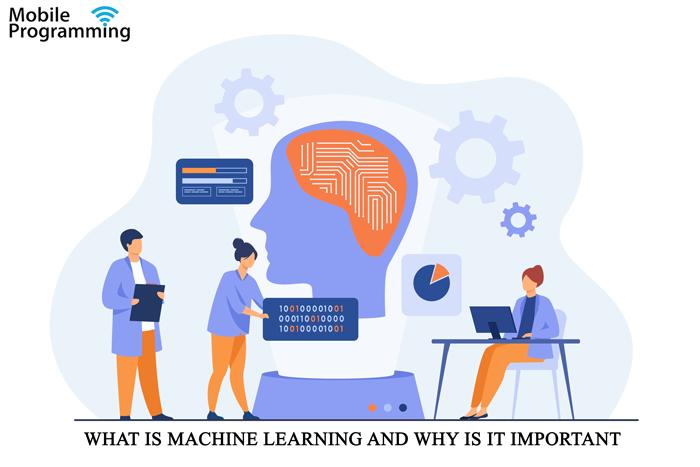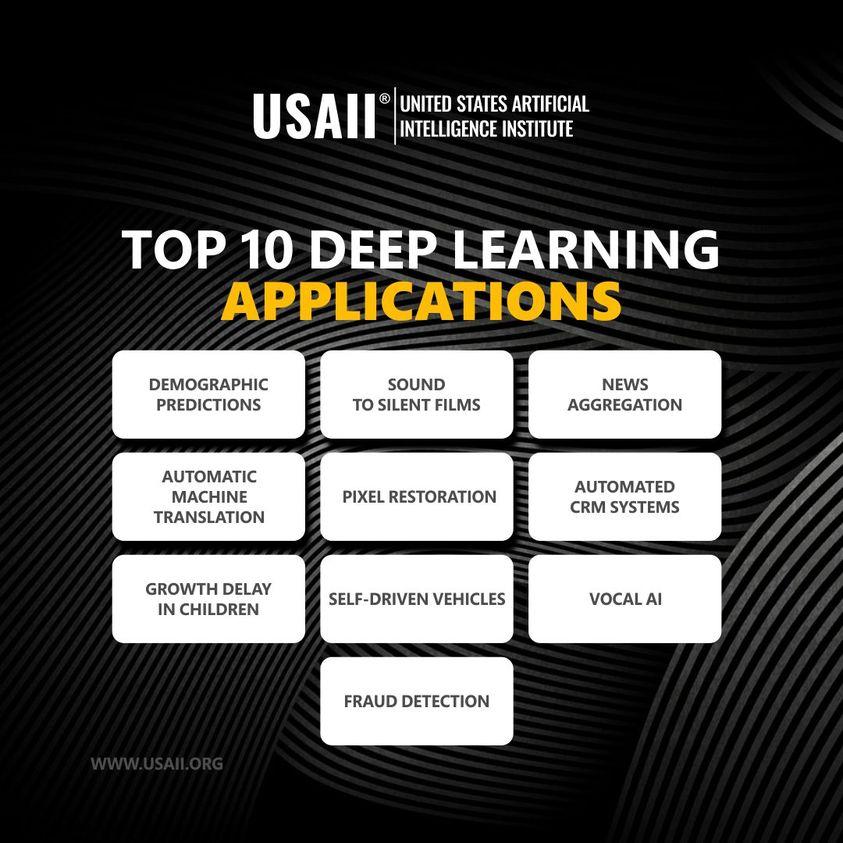In the shadowy corridors of the digital age, where transactions flicker across screens at the speed of light, a silent battle rages—a battle against fraud. As businesses expand their digital footprints, they become both the architects of innovation and the guardians against deception. In this complex landscape, developing an effective fraud detection framework is not merely a strategic advantage; it is a necessity. This article delves into the intricate art and science of crafting a robust defense against fraud, equipping you with the knowledge to build a fortress of trust and security. Join us as we unravel the layers of technology, data, and human insight that converge to protect the integrity of modern commerce. Welcome to the frontline of fraud detection, where vigilance meets innovation.
Identifying Key Indicators of Fraudulent Activity
In the intricate landscape of fraud detection, recognizing the subtle signs of deceit is crucial. Key indicators often manifest in patterns that deviate from the norm, like sudden spikes in transaction volume or unusual account activities. To unearth these anomalies, one must delve into the data with a discerning eye, identifying inconsistencies that could signal fraudulent intent.
Consider these critical markers:
- Transaction Irregularities: Look for atypical transaction sizes or frequencies that don’t align with the user’s history.
- Geographical Discrepancies: Monitor for transactions originating from unexpected locations, especially if they occur rapidly across distant areas.
- Behavioral Shifts: Pay attention to changes in user behavior, such as logging in at unusual hours or from new devices.
- Data Mismatches: Cross-reference information for inconsistencies, like mismatched billing and shipping addresses.
By honing in on these indicators, organizations can build a robust defense against fraud, ensuring that their detection framework is both proactive and resilient.

Harnessing Advanced Technologies for Real-Time Detection
In the ever-evolving landscape of financial security, leveraging cutting-edge technologies is crucial for the creation of a robust fraud detection framework. By integrating machine learning algorithms, organizations can analyze vast datasets in real-time, identifying patterns and anomalies that might escape traditional methods. These algorithms, when trained on historical data, can predict fraudulent activities with remarkable accuracy, enabling businesses to act swiftly and decisively.
Furthermore, the use of blockchain technology enhances transparency and traceability, ensuring that every transaction is verifiable and secure. Coupled with artificial intelligence, businesses can automate the monitoring process, reducing the time and resources spent on manual checks. Key technologies to consider include:
- Natural Language Processing (NLP): for analyzing unstructured data like emails and social media posts.
- Predictive Analytics: to forecast potential fraud risks based on historical trends.
- Biometric Authentication: for adding an extra layer of security through fingerprint or facial recognition.
By harnessing these advanced technologies, organizations not only enhance their fraud detection capabilities but also build a resilient defense against future threats.

Crafting a Multi-Layered Defense Strategy
In the intricate world of fraud detection, building a robust defense strategy is akin to constructing a fortress with multiple layers of protection. At the heart of this strategy lies the integration of diverse methodologies and technologies, each reinforcing the other to create a comprehensive shield against fraudulent activities. Start by leveraging machine learning algorithms to analyze patterns and identify anomalies in real-time. These algorithms can sift through vast amounts of data, pinpointing irregularities that might escape the human eye. Complement this with behavioral analytics, which focuses on understanding the typical actions of users to flag deviations that could indicate fraud.
Furthermore, consider implementing a rule-based system that acts as the first line of defense. These systems use predefined rules to detect known fraud patterns, providing a quick and efficient way to catch obvious threats. To bolster this, incorporate risk scoring mechanisms that assess the likelihood of fraud based on various factors, allowing for more nuanced decision-making. Additionally, fostering a culture of continuous learning and adaptation within your team ensures that your defense strategy evolves alongside emerging threats. By combining these elements, you create a multi-layered defense that not only detects fraud but also anticipates and mitigates potential risks.
Ensuring Continuous Improvement and Adaptation
In the ever-evolving landscape of fraud detection, maintaining a framework that is both robust and adaptable is crucial. Continuous improvement is not just a strategy but a necessity. Regularly update your algorithms and models to incorporate the latest data and trends. Machine learning and artificial intelligence can play pivotal roles in identifying new patterns of fraudulent activity. Implementing feedback loops where the system learns from past incidents can significantly enhance detection accuracy.
Adaptation involves staying ahead of fraudsters by anticipating their next moves. This requires a dynamic approach that includes:
- Regular audits of your detection systems to identify potential vulnerabilities.
- Collaboration with industry peers to share insights and emerging threats.
- Training your team to recognize and respond to new types of fraud.
- Leveraging real-time data analytics to swiftly adjust to new fraud tactics.
By embedding these practices into your framework, you ensure it remains effective and resilient against the ever-changing tactics of fraudsters.





